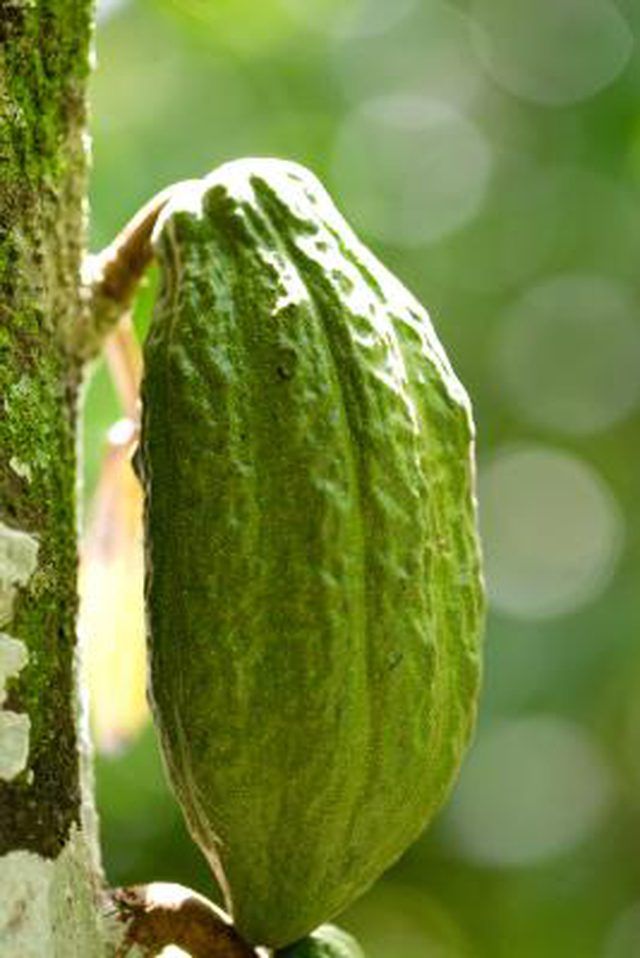Bulbs
Flower Basics
Flower Beds & Specialty Gardens
Flower Garden
Garden Furniture
Garden Gnomes
Garden Seeds
Garden Sheds
Garden Statues
Garden Tools & Supplies
Gardening Basics
Green & Organic
Groundcovers & Vines
Growing Annuals
Growing Basil
Growing Beans
Growing Berries
Growing Blueberries
Growing Cactus
Growing Corn
Growing Cotton
Growing Edibles
Growing Flowers
Growing Garlic
Growing Grapes
Growing Grass
Growing Herbs
Growing Jasmine
Growing Mint
Growing Mushrooms
Orchids
Growing Peanuts
Growing Perennials
Growing Plants
Growing Rosemary
Growing Roses
Growing Strawberries
Growing Sunflowers
Growing Thyme
Growing Tomatoes
Growing Tulips
Growing Vegetables
Herb Basics
Herb Garden
Indoor Growing
Landscaping Basics
Landscaping Patios
Landscaping Plants
Landscaping Shrubs
Landscaping Trees
Landscaping Walks & Pathways
Lawn Basics
Lawn Maintenance
Lawn Mowers
Lawn Ornaments
Lawn Planting
Lawn Tools
Outdoor Growing
Overall Landscape Planning
Pests, Weeds & Problems
Plant Basics
Rock Garden
Rose Garden
Shrubs
Soil
Specialty Gardens
Trees
Vegetable Garden
Yard Maintenance
Life Cycle of the Cocoa Tree
Life Cycle of the Cocoa Tree. The cocoa tree (Theobroma cacao) is a tropical evergreen from central and northern South America. Chocolate comes from the cocoa beans and is considered a treat in many cultures. The cocoa tree grows in tropical regions near the equator, where temperatures range from 65 to 90 degrees Fahrenheit.

The cocoa tree (Theobroma cacao) is a tropical evergreen from central and northern South America. Chocolate comes from the cocoa beans and is considered a treat in many cultures. The cocoa tree grows in tropical regions near the equator, where temperatures range from 65 to 90 degrees Fahrenheit.
Seedling
Cocoa trees are grown from seeds or stem cuttings in nurseries and transplanted to the field. Growers will often plant cocoa seedlings beneath the canopy of larger crop-producing trees, such as banana and coconut. The canopy protects sensitive seedlings from direct sun and wind while providing multiple crops. The diversity of plants also prevents pest infestations.
Flowers
Cocoa trees enter the reproductive stage after approximately 5 years. Flowers are small, white-pink and have 5 petals. They develop from tissue on mature branches and the trunk and are pollinated by small insects.
Fruit
The fruit of the cocoa tree is called a pod, but botanically it is a drupe. Mature fruits form five to seven months after pollination. They are oval-shaped and grow 7 to 14 inches long. Within one pod are 20 to 60 cocoa seeds. Ripened pods are orange, yellow or red.

Harvest
Mature fruit can be harvested for three to four weeks until the seeds within the pod begin to grow. Pods are taken off the tree manually. Seeds are removed from the pod and undergo fermentation and drying. Pod husks are often returned to the field to add nutrition to the soil.